The city of Kermanshah is located in the western part of Iran, on the foothills of Zagros mountain range, 525 km south-west of Tehran. This Kurdish city, which has been originally built during Sassanid era (4th Century AD), offers a treasure of magnificent historical and natural attractions. the population of Kermanshah is almost 1,000,000 and its elevation is 1350 m above sea level.
During the Achaemenid era, as Kermanshah was on the passage of the royal road, that connected Ekbatan to Babylon, the prosperity and development of this region increased. After the extinction of the Achaemenids, during Parthians and Selucides, Behistun was considered as one of the most important centers of the empire, there are some evidences of these periods in the carvings that can be found in Behistun.
Kermanshah province had a special prestige and prosperity during Sassanid era more than any other period. This region has always been of interest to the Sassanid princes and due to its proximity to Ctesiphon, their capital; they spent their summers in this region. The Sassanid kings had brought an economic prosperity to the people of this land by building bridges over rivers and some palaces.
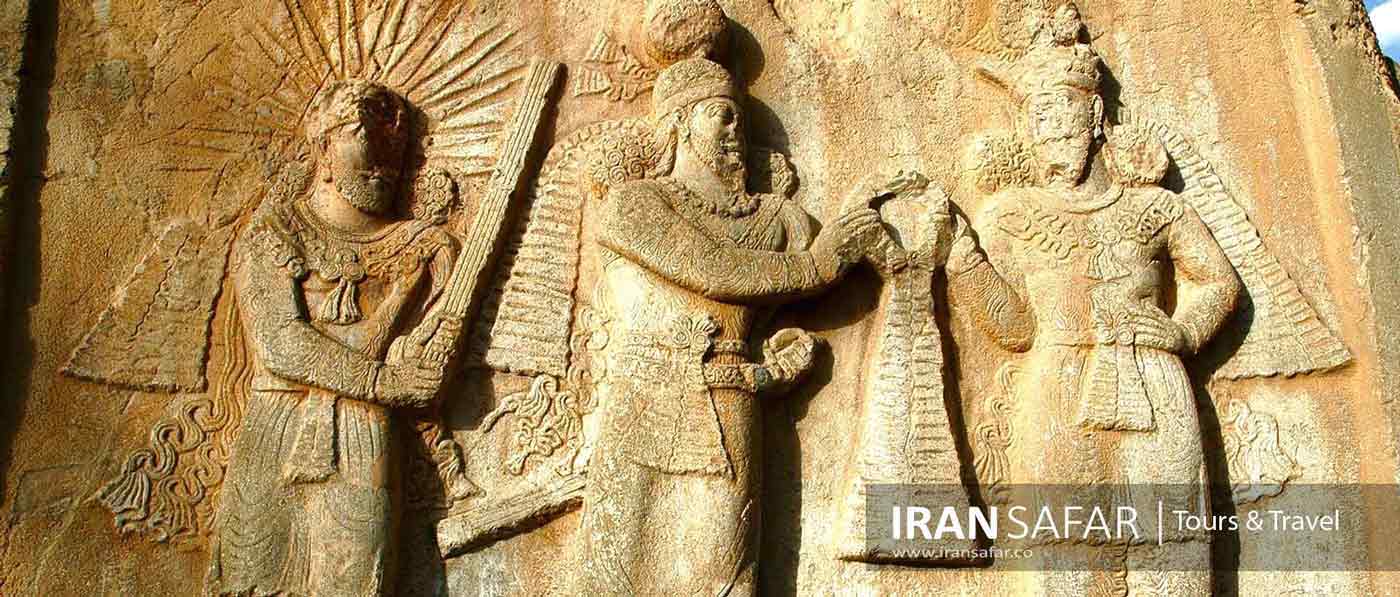
Tagh-e Bustan
Taq-e Bostan, one of 30 surviving Sassanid reliefs in Zagros mountains. is one of those enchanting places loved by the Persians where the Sassanian sovereigns, in obedience to an ancient water cult dedicated to the goddess Anahita, built a series of extremely interesting rock-cut monuments.
there are drawing inspiration from a creation commissioned by Shapur I in a natural cave at Bishapur, at Taq-i Bustan Shapur III (383-388) adopted the formula of an artificial cave. Earlier ArdaShir Il (379-383) had the first relief carving done at this site, depicting the king being crowned: while treading on a defeated Roman Soldier he receives a ribboned crown, the symbol of his authority, from gods, Mithra and Ahuramazda.
Taq-e Bostan and its relief patterns accentuate power, religious tendencies, glory, honor, the vastness of the court, game and fighting spirit, festivity, joy, and rejoicing.
Sassanid kings chose a beautiful setting for their rock reliefs along an ancient Silk Road caravan route way point and camp ground. The reliefs are adjacent a sacred spring that empties into a large reflecting pool at the base of a mountain cliff.
Read More about Taq-e Bustan >>
Tekiye Moaven Almolk
A Hossainieh is a place where plays are acted out during the month of Moharram to commemorate the martyrdom of Imam Hossein at Karbala in 680. Tekyeh of Moavenol al-Molk, is located near bazar in the city center of Kermanshah and comprises of 3 buildings: Abbasieh, Hossaineh and Zeinabieh including 2 courtyards.
The Hossainieh walls are covered with beautiful multi colored tiles and Portraits of well-known personalities painted by delicate paint brushes and attractive colors. The subject of some of these tile works and paintings are related to the historical and mythological scenes besides religious traditions such as: Salomon the prophet, Prophet Muhammad, Imam Hussein, Karbala battle and tales of Shah name. There is a museum of Anthropology of Kermanshah, and another one of Clothes and Jewelry inside the building.
According to the documentation on the walls, the tiling project of this Tekieh began around 1941 and took seventeen years to be finished. Moaven al-molk tekyeh was used for mourning processions and rituals held during Ashura and Tasoua in Muharram.
Behistun | The Achaemenid carving and inscription
The site of Behistun or Bisotoun is an Achaemenid carving Consisting of a figurative scene, surrounded by cuneiform inscription carved almost 100 meters up a rock cliff in Kermanshah Province, Western Iran. The site includes several testimonies like The Greek god Hercules, and some other reliefs dating back to the Sassanid era.
The relief and the inscription commemorate the victory of Darius I over his enemies and rivals after his coronation. Hands tied behind their backs, prisoners in single file face Darius l, who holds a bow and raises his right hand in the direction (the symbolic representation of Ahura Mazda which dominates the scene. Like
The inscription, which is approximately 15 meters high by 25 meters wide, like most of the royal inscriptions of the Achaemenid Empire consists of a text in three languages: Old Persian, Elamite and Babylonian.
A Statue of Hercules was discovered on a cliff in Behistun in 1957 .this statue was built in 153 BC during the Parthian Empire. This statue of Hercules, 1.47 m long, lying on a platform holding a bowl in his left hand. He has put his right hand on his foot. The statue is long and is attached to the mountain. It is believed that the head of this statue had been stolen but later on , when it was found , it is attached again to the body which is shown naked.
There is a beautiful Safavid caravanserai near the carvings which is recently restored and transformed to the charming hotel.

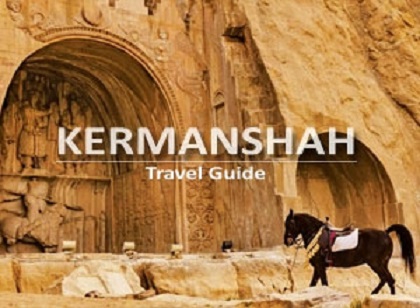
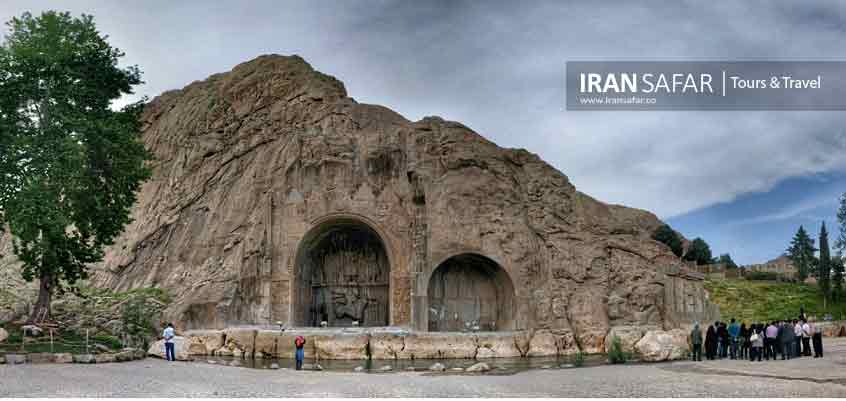
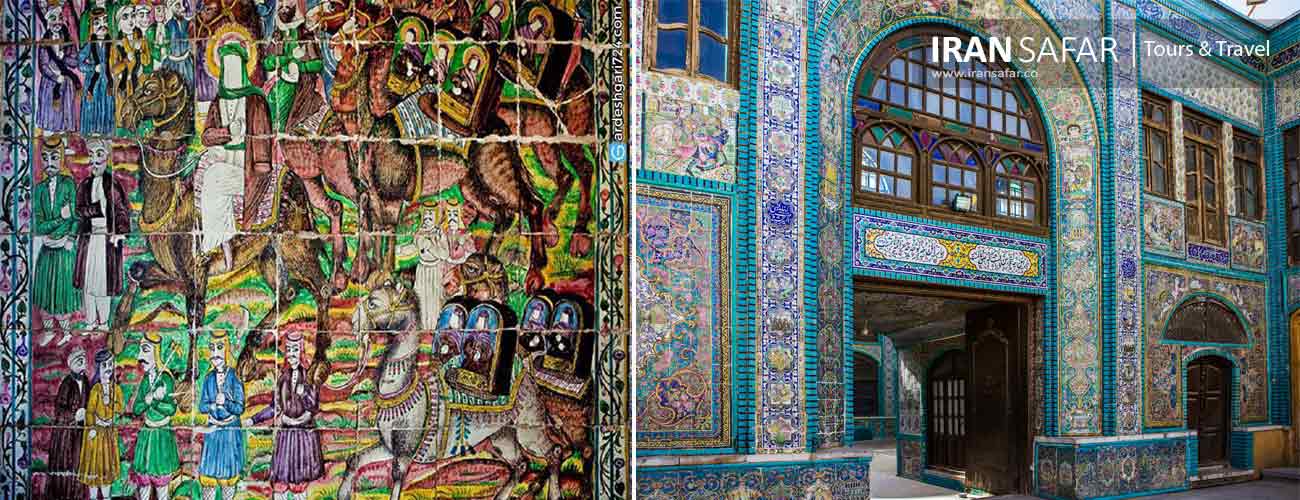
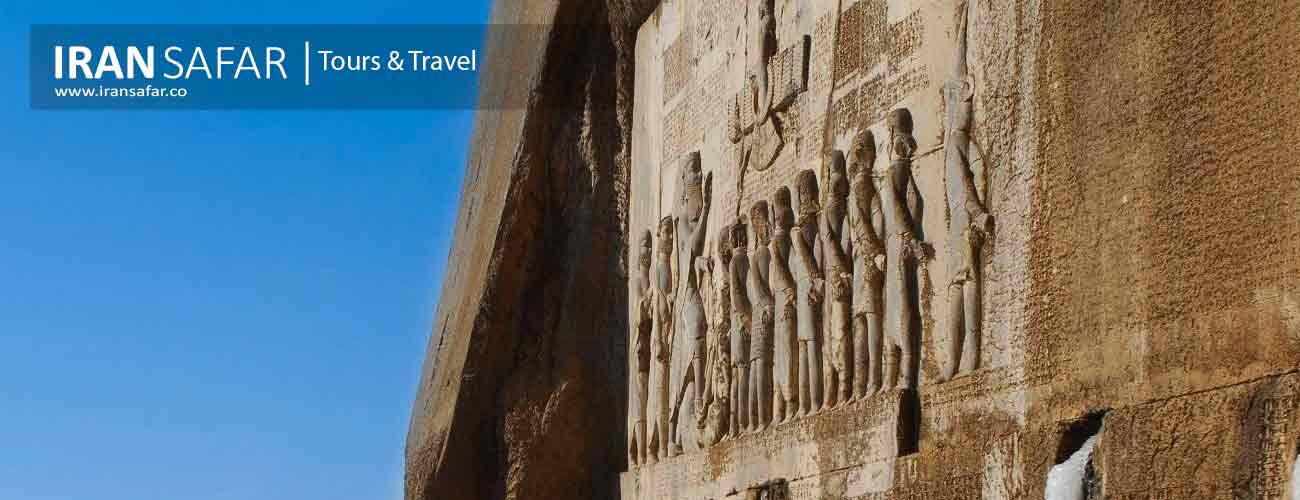

Comment (0)